The Federal Government, yesterday, ordered the immediate revocation of the operating licence previously given to Shell Petroleum Development Company over Oil Mining Lease 11.
In line with the revocation, the Nigerian National Petroleum Commission (NNPC) was directed to take over the operation of the oil facility.
The information is contained in a March 1st letter that was signed off by the President’s Chief of State and addressed to the Group Managing Director of the NNPC.
Why was Shell’s license revoked?
The action was reportedly taken out of respect for the inhabitants of Ogoniland, who have not have the most cordial relationship with Shell. Ogoniland is where the OML 11 is located. And over the years, the Movement for the Survival of Ogoni People (MOSOP), have been fighting against the degradation of their environment by Shell’s operation.
Just last month, MOSOP said that Shell’s conduct while it was operating in Ogoniland, was tantamount to a national shame and crime against humanity. According to a factional President of MOSOP, Mr. Fegalo Nsuke, if Nigeria were a country where citizens’ health and welfare were taken seriously, Shell’s operating license for OML 11 would have been revoked a long time ago.
Meanwhile, the revocation is in line with the Joint Operating Agreement
Information gathered that the revocation of the operating licence of Shell by the president was in line with the Joint Operating Agreement (JOA) signed by the joint venture partners.
The partners involved in the joint venture are the NNPC with the ownership of 55% shares in the OML 11, Shell, Total and Agip, with the ownership of 30%, 15% and 5% respectively.
The conflict dates back to 1993
SPDC had abandoned activities in the Ogoni section of the lease for about 26 years following the crisis that erupted following the killing of prominent Ogoni leaders including Ken Saro-Wiwa.
Although in 2015 SPDC agreed to pay a settlement of $15.5 Million (N3 billion), just to resolve the case.
About the OML 11
OML 11 lies in the southeastern Niger Delta and contains 33 oil and gas fields of which eight are producing as per 2017. In terms of production it is one of the most important blocks in Nigeria. The terrain is swamp to the south with numerous rivers and creeks.

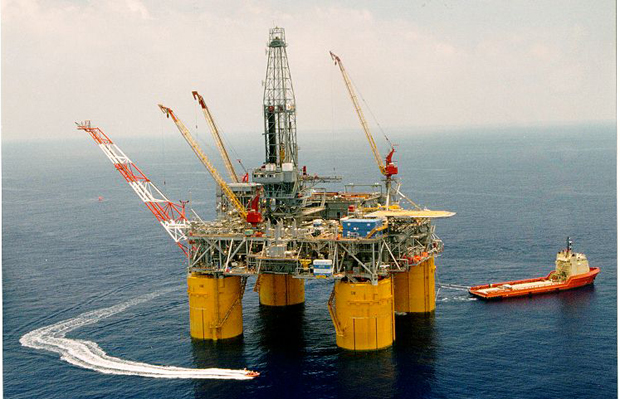







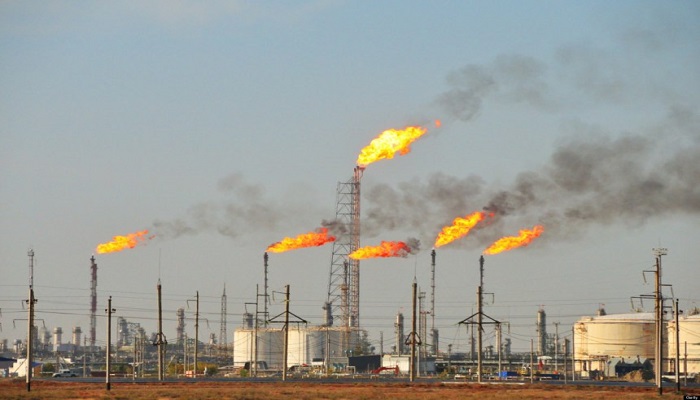
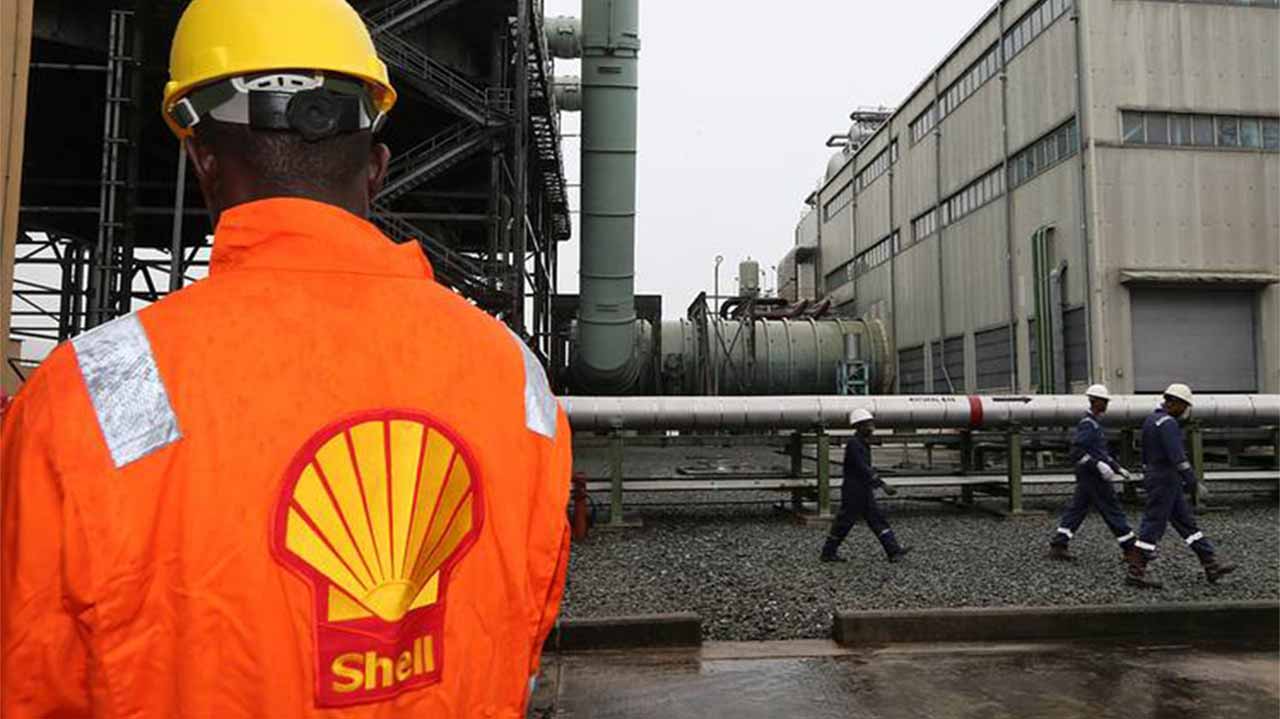
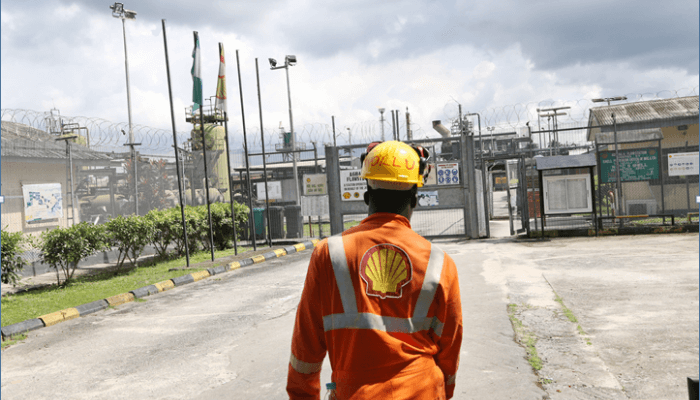




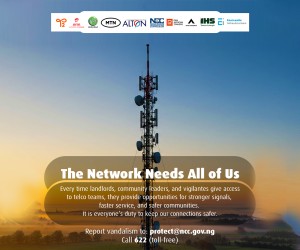








Is this really what happened?